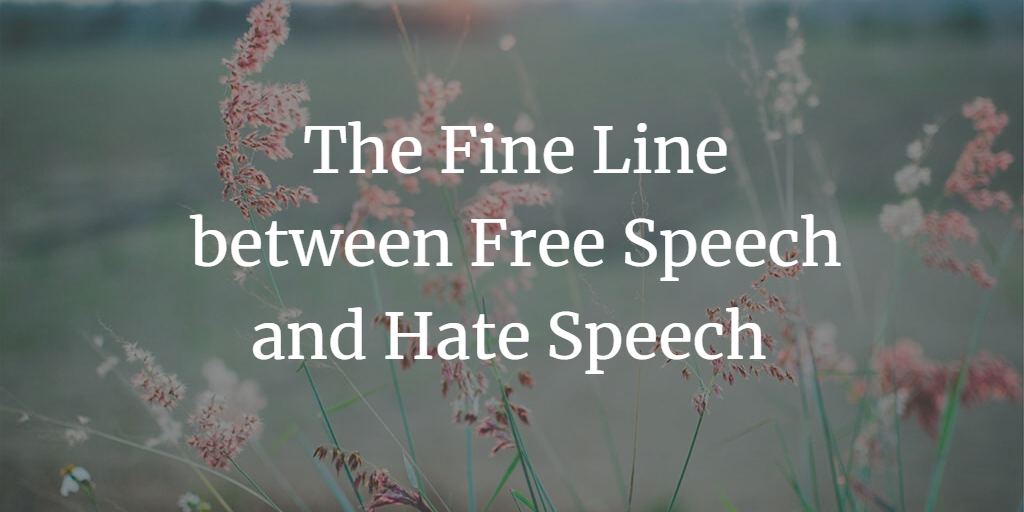The Fine Line between Free Speech and Hate Speech in India

Table of Contents
Introduction
Free Speech in India
Hate Speech in India
The Legal Framework
Striking a Balance
Challenges and Recommendations
Conclusion
Introduction
Freedom of speech and expression is a fundamental right in India, but it is not absolute. There is a fine line between free speech and hate speech, and understanding this balance is essential to preserving democracy and social harmony. This article delves into the concepts of free speech and hate speech in India, the legal framework governing these issues, and the challenges in striking a balance between the two.
Free Speech in India
The Indian Constitution, under Article 19(1)(a), ensures the right to freedom of speech and expression. This right enables individuals to express their thoughts, ideas, and opinions freely. However, this freedom is not unlimited and is subject to certain restrictions under Article 19(2), such as public order, decency or morality, defamation, and incitement to an offense.
Hate Speech in India
Hate speech refers to any speech, gesture, or conduct that may incite violence, discrimination, or hostility against a person or a group based on attributes like religion, race, ethnicity, or gender. Hate speech can undermine social cohesion and lead to communal tensions and even violence.
The Legal Framework
India has several laws in place to curb hate speech and maintain social harmony, including:
Indian Penal Code (IPC): Sections 153A, 153B, 295A, and 505 of the IPC criminalize various forms of hate speech, such as promoting enmity between different groups and making malicious statements.
Information Technology Act, 2000: Section 66A (now struck down by the Supreme Court) and Section 69A address online hate speech and the blocking of offensive content, respectively.
Representation of the People Act, 1951: Section 125 prohibits promoting enmity or hatred between different classes during election campaigns.
Striking a Balance
Striking a balance between free speech and hate speech is crucial to uphold democratic values and maintain social harmony. While protecting the right to free speech, it is essential to prevent and penalize hate speech that could lead to social unrest and violence.
Challenges and Recommendations
Ambiguity in legal definitions: Clearer definitions of hate speech and its parameters should be established to avoid misinterpretation and misuse.
Monitoring online hate speech: Strengthen monitoring mechanisms to identify and curb online hate speech, while respecting individuals' right to privacy.
Promoting tolerance and inclusivity: Encourage public discourse and education to promote tolerance, inclusivity, and respect for diverse opinions.
Sensitizing law enforcement and judiciary: Train law enforcement and judiciary officials to handle hate speech cases effectively and judiciously.
Conclusion
The fine line between free speech and hate speech in India is a delicate one, requiring a balance between upholding democratic values and maintaining social harmony. By refining legal definitions, monitoring online speech, promoting tolerance, and sensitizing law enforcement and the judiciary, India can effectively navigate the complex landscape of free speech and hate speech. This approach will help preserve the fundamental right to freedom of expression while ensuring that hate speech does not undermine the nation's social fabric and unity.


